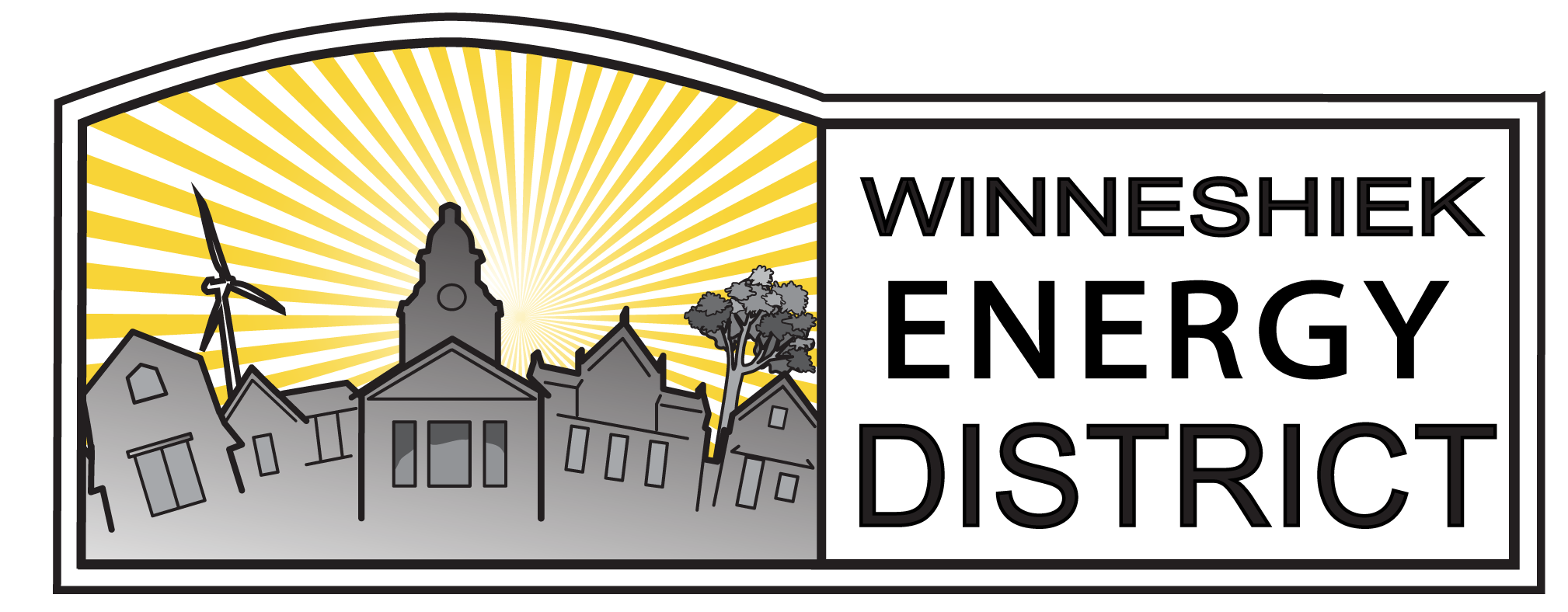Putting a value on Energy Upgrades and Weighing the Cost of Delay
Joel Zook, Energy Planner
If you are considering an energy upgrade for your business – like installing solar panels or upgrading a furnace – it’s safe to assume you are weighing both lowered energy bills and the upfront cost of the improvement. Many people consider the value of an upgrade in terms of “payback period” – how long the savings will take to pay off the initial investment.
Lighting upgrades are usually one of the very best improvements a business (or home) can make. LEDs are a fraction of the price they were several years ago, and rebates and incentives can lower the cost even further. Many lighting upgrades will have a payback period of 1-5 years, sometimes less than a year.
With a payback that fast, I sometimes wonder why more lighting upgrades aren’t completed. But it’s possible that calculating the payback period is the wrong question. What if instead, we thought about how much potential savings you are losing, per month, right now.
Cost of Delay
Let’s say you have an office building with T8 fluorescent lighting. The light quality is good, the lamps themselves are not that old, and they are after all T8 lamps – the newer type of fluorescent lighting. Why should you replace them before they are broken?
Let’s take a look at what it cost to run those lights, and how much you could save by upgrading.
If a building has forty 2’ by 4’ fixtures, each with four T8 lamps, the office may use as much as 13,800 kWh per year in lighting alone. Upgrading to LED fixtures could drop the energy usage of the lighting by more than half to 6,240 kWh per year. The upgrade could save the owner of the building about $830 per year.
Another way to look at this: The building’s lighting is going to need to be upgraded at some point. The current lighting is using twice the amount of energy to provide the same amount of light LED fixtures could provide. LEDs could save $830 a year on the energy bill.
Getting back to the cost of delay: while the upgrades are delayed, the building owner has to pay an extra $830 per year, or $70 extra per month in energy bills. Upgrading the lighting should get started now so they can start saving.
